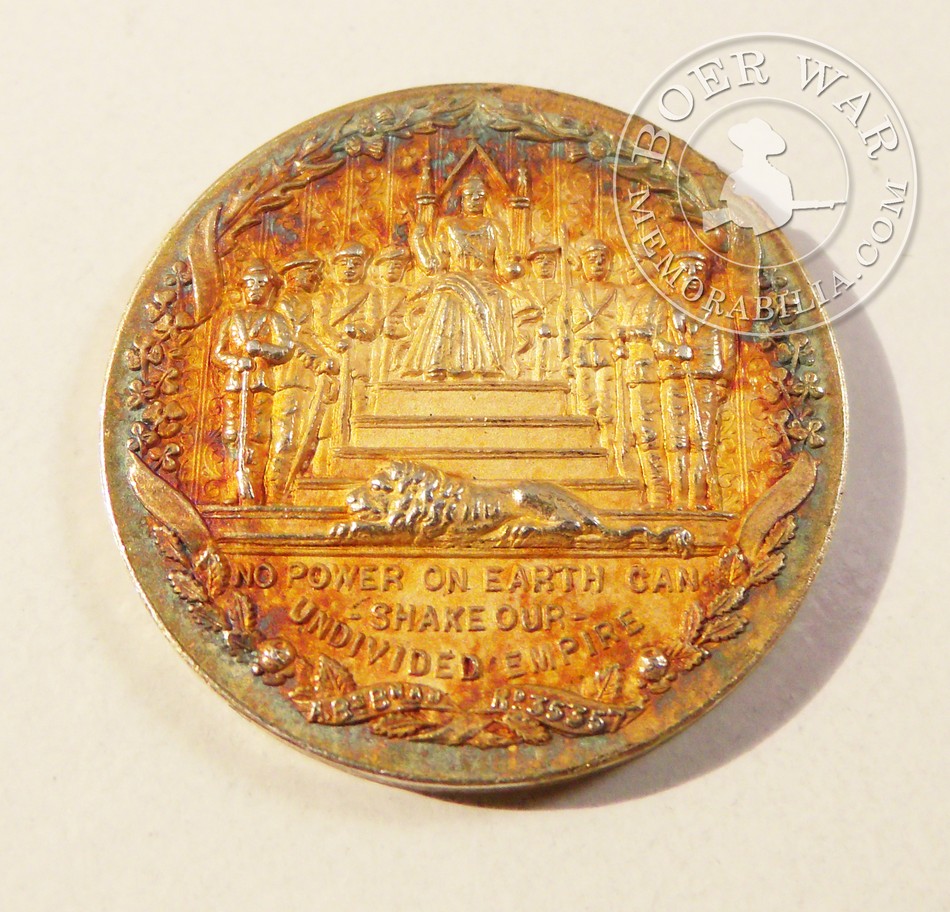|
View the embedded image gallery online at:
https://boerwarmemorabilia.com/index.php/memorabilia/medallions/item/167-boer-war-medallion#sigProId920aabd9ae |
Item Ref# MS7443
Boer War: No Power on Earth Can Shake Our Undivided Empire The irony of the medal speaks volumes...
|

British Blockhouses to Cage the Boers
Roberts started building forts to guard strategic bridges, railway junctions and other places of importance against Boer guerrilla attacks. In the light of the geographic escalation of the guerrilla war, Kitchener ordered the building of blockhouses and, in due course, expanded the blockhouse system.
Eventually, approximately 8 000 blockhouses and other armed posts criss-crossed the war zone, mostly along the railway lines, but also, in many cases, in lines across the open veld, in effect dividing up the vast open spaces into more manageable “cages”.
Some 60 000 soldiers were used as blockhouse guards, including 25 000 blacks and coloureds. Although the blockhouses were initially built to guard railways and places of strategic importance, they were ultimately incorporated into the elaborate counter-guerrilla strategy: they were meant to hamper Boer movements, and were of great value during drives.
The blockhouse network did, indeed, pose a hindrance to the Boer commandos to some extent, but on most occasions when Boer forces were pushed against a blockhouse line, the majority – if not all of the men – succeeded in crossing unscathed, including General De Wet.
Source: Boer Guerrilla and British Counterguerrilla Operations
| Scripture |
|
“See then that ye walk circumspectly, not as fools, but as wise, Redeeming the time, because the days are evil. Wherefore be ye not unwise, but understanding what the will of the Lord is.”
Ephesians 5:15-17 |

